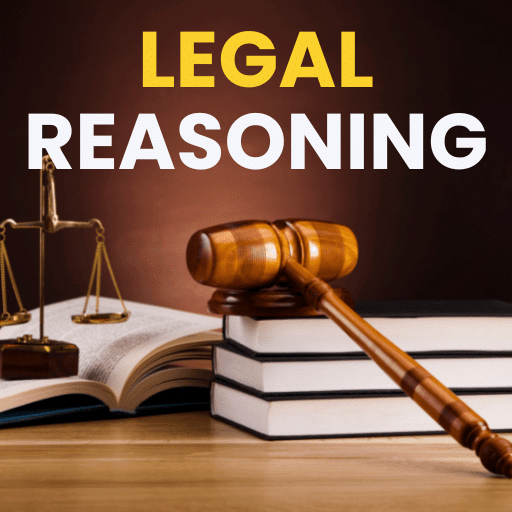|
Fill in the blank with the correct verb form. |
Card: 1 / 30 |
|
Identify the tense of the sentence. |
Card: 3 / 30 |
|
Rearrange the words to form a meaningful sentence in the future perfect tense. |
Card: 5 / 30 |
|
True or False: The sentence "She is cooking dinner when he arrived" is grammatically correct. |
Card: 7 / 30 |
|
Fill in the blank with the correct verb form. |
Card: 9 / 30 |
|
Choose the correct sentence. |
Card: 11 / 30 |
|
Find the mistake and correct it. |
Card: 13 / 30 |
|
Rearrange the words to form a meaningful sentence in the past perfect tense. |
Card: 15 / 30 |
|
Identify the tense of the sentence. |
Card: 17 / 30 |
|
Choose the correct sentence. |
Card: 19 / 30 |
|
True or False: The sentence "I was reading a book when she called me" is in the past continuous tense. |
Card: 23 / 30 |
|
Choose the correct transformation of the sentence into future perfect tense. She completes her homework by 9 PM. |
Card: 25 / 30 |
|
Fill in the blank with the correct verb form. |
Card: 27 / 30 |
|
Rearrange the words to form a meaningful sentence in the present perfect continuous tense. |
Card: 29 / 30 |
 Completed! Keep practicing to master all of them. |












































